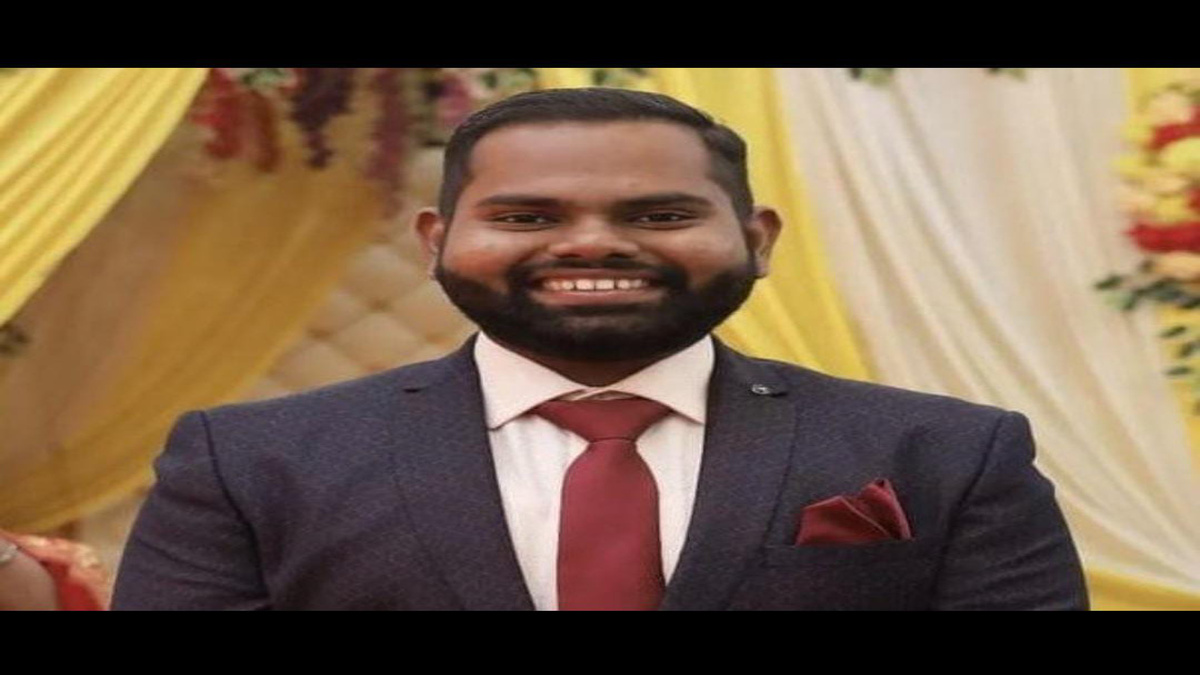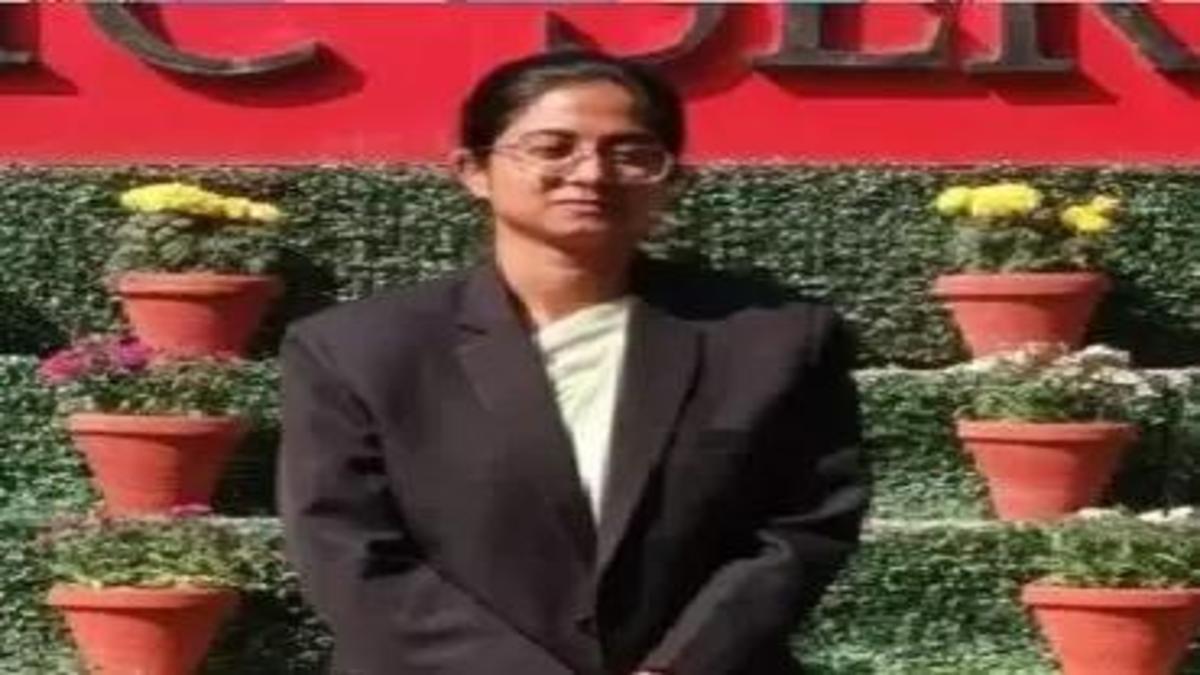
In so far as the six new AIIMS being set up under the Pradhan Mantri Swasthya Suraksha Yojana at Bhopal, Bhubaneswar, Jodhpur, Patna, Raipur and Rishikhesh are concerned, the requirement of faculty has been assessed and the number of faculty assessed is 289 posts.
A number of steps have been taken in order to meet the increasing need of medical faculty, which include the following:
- The teacher student ratio in postgraduate courses has been increased to 1:2. The ratio has further been increased to 1:3 for some specialties such as Anesthesiology, Forensic Science and Radio-therapy.
- Age limit for appointment/extension/re-employment against posts of teachers/ dean/principal/director in medical colleges has been enhanced from 65 to 70 years
- DNB qualifications have also been recognized for appointment to various faculty posts in medical colleges.
As per the existing Medical Council of India regulations, doctors with Postgraduate Diploma qualifications can be employed in medical colleges/institutions as Tutor/ Demonstrator / Residents / Senior Residents.
Central Government has taken various steps to regulate medical education which inter-alia include:
- Land requirement relaxed from 25 acres to 20 acres throughout the country.
- Land requirement relaxed from 20 acres to 10 acres based on permissible FAR/FSI in the Metropolitan and "A" Grade cities viz. Delhi, Kolkata, Chennai, Greater Mumbai, Ahmedabad, Hyderabad, Jaipur, Lucknow, Surat, Pune, Bangalore and Kanpur.
- Permission given to set up medical colleges in two pieces of land in the states of Bihar, Chhattisgarh, Jharkhand, Madhya Pradesh, Odisha, Rajasthan, Uttar Pradesh and West Bengal for a period of 5 years with certain provisions. Further, this has been extended to other States for utilisation of District hospitals by the respective State Governments.
- In hilly areas, notified tribal areas, North Eastern States, Union Territories of Andaman & Nicobar Islands, Daman & Diu, Dadra &Nagra Haveli and Lakshadweep, the land can be in two pieces at a distance of not more than 10 km.
- Bed occupancy has been relaxed in North Eastern States & Hill States.
- Requirement of infrastructure like institution block, library, auditorium, examination hall, lecture theatres, etc. has been rationalized for optimal use.
- Companies registered under the Companies Act have also been allowed to establish medical colleges.
- The ratio of teachers to students has been revised depending on disciplines and availability of faculty.
The Government has decided to introduce a course in the name of Bachelor of Science (Community Health) with an objective to develop a separate public health cadre to strengthen the health delivery system particularly in rural and backward areas.
It is for the state government to adopt the course for implementation. The central government on its part will provide financial support to the states for implementation of the course under National Rural Health Mission.



 Click it and Unblock the Notifications
Click it and Unblock the Notifications



























